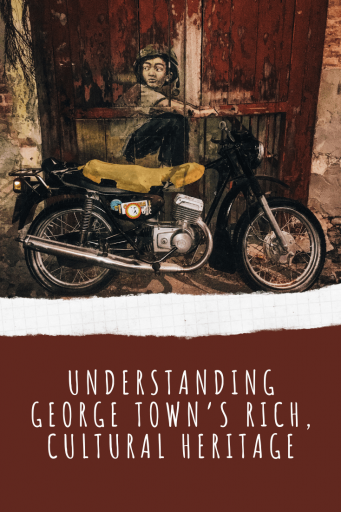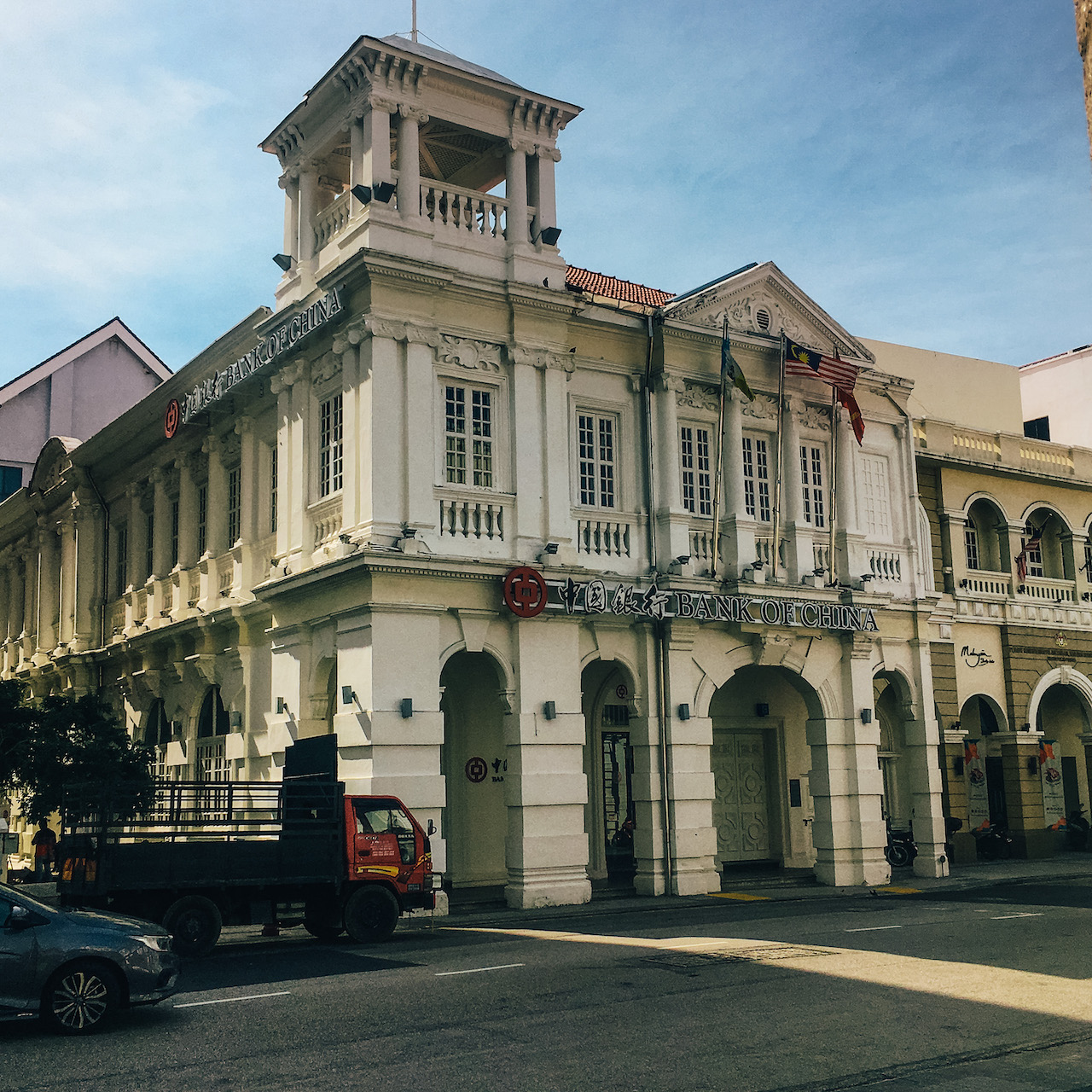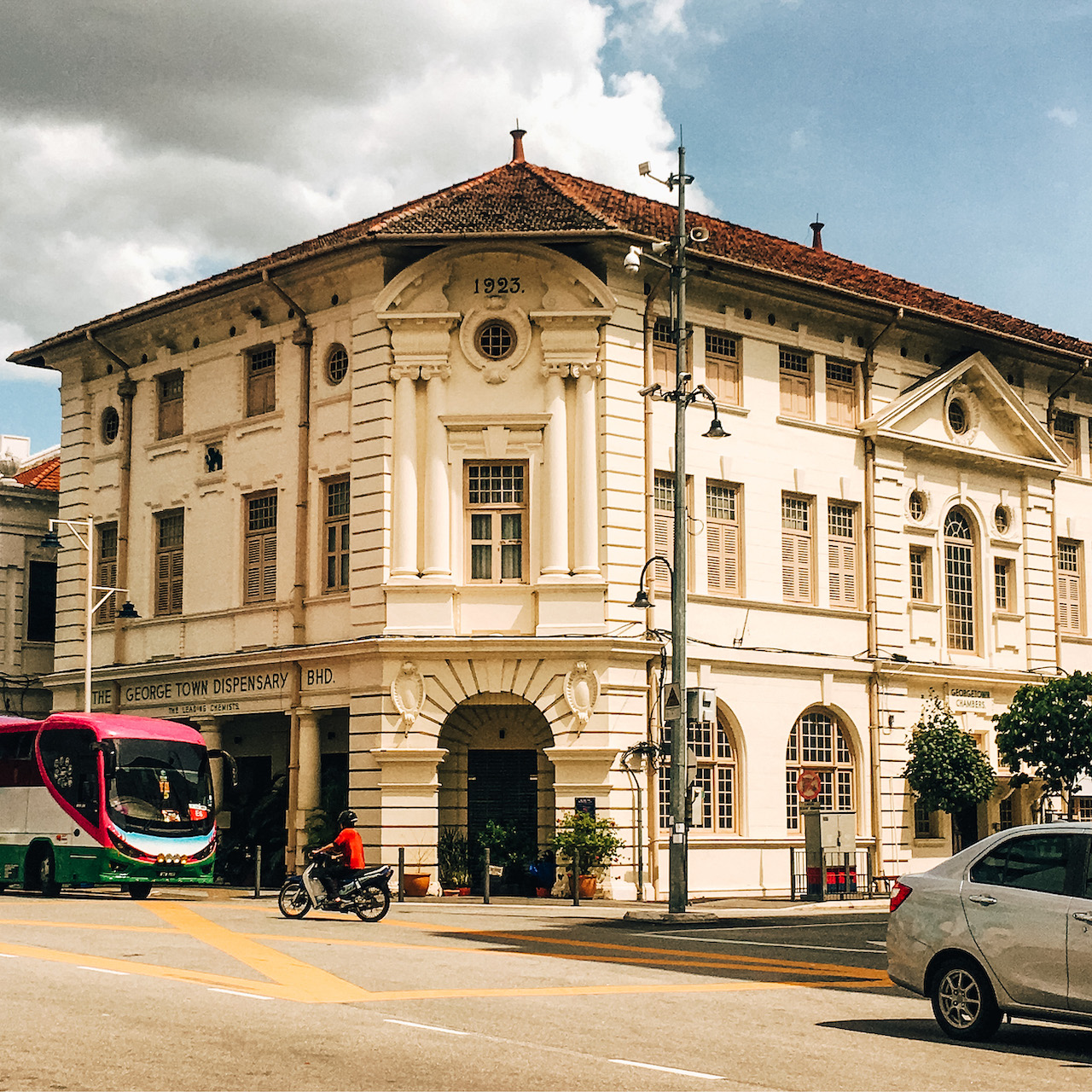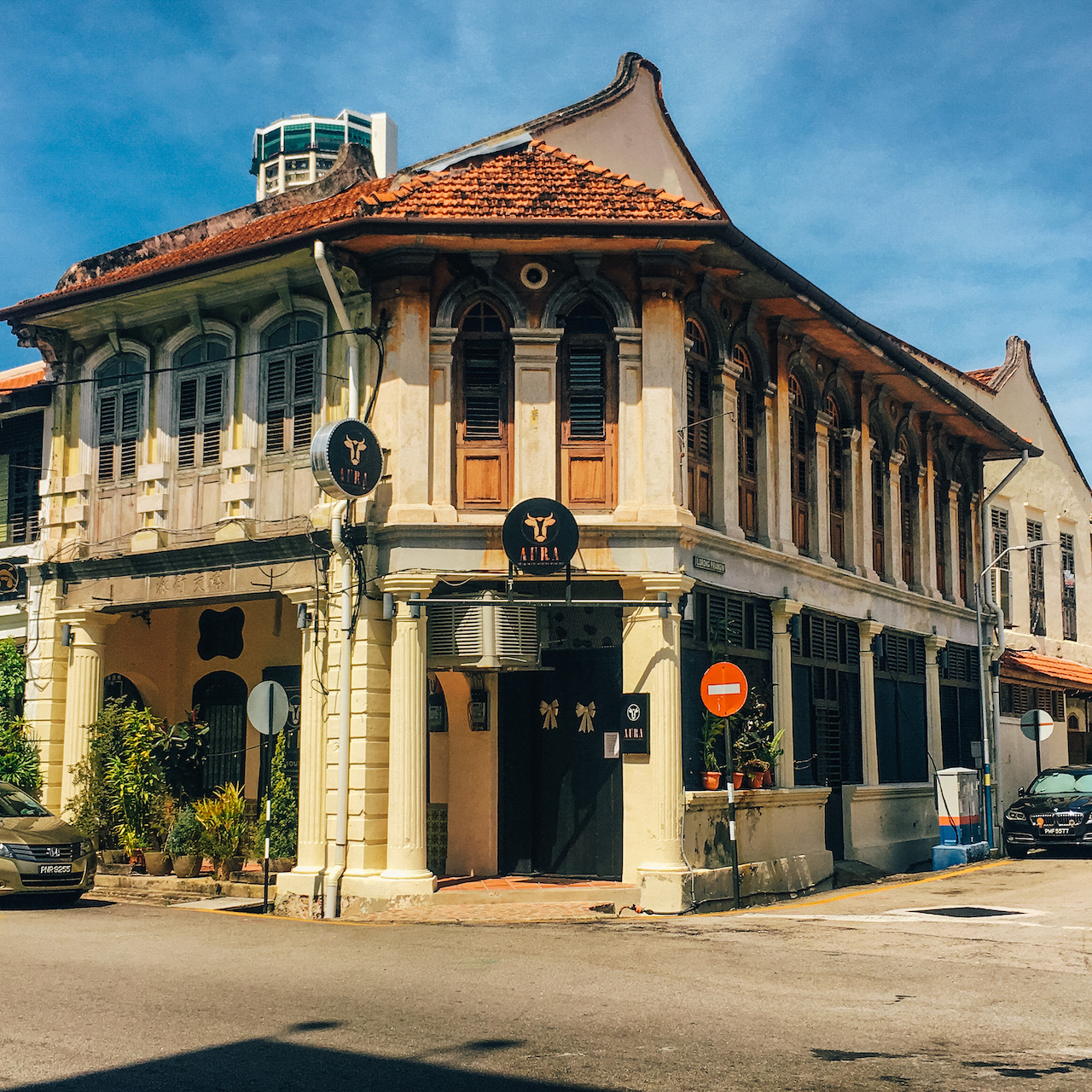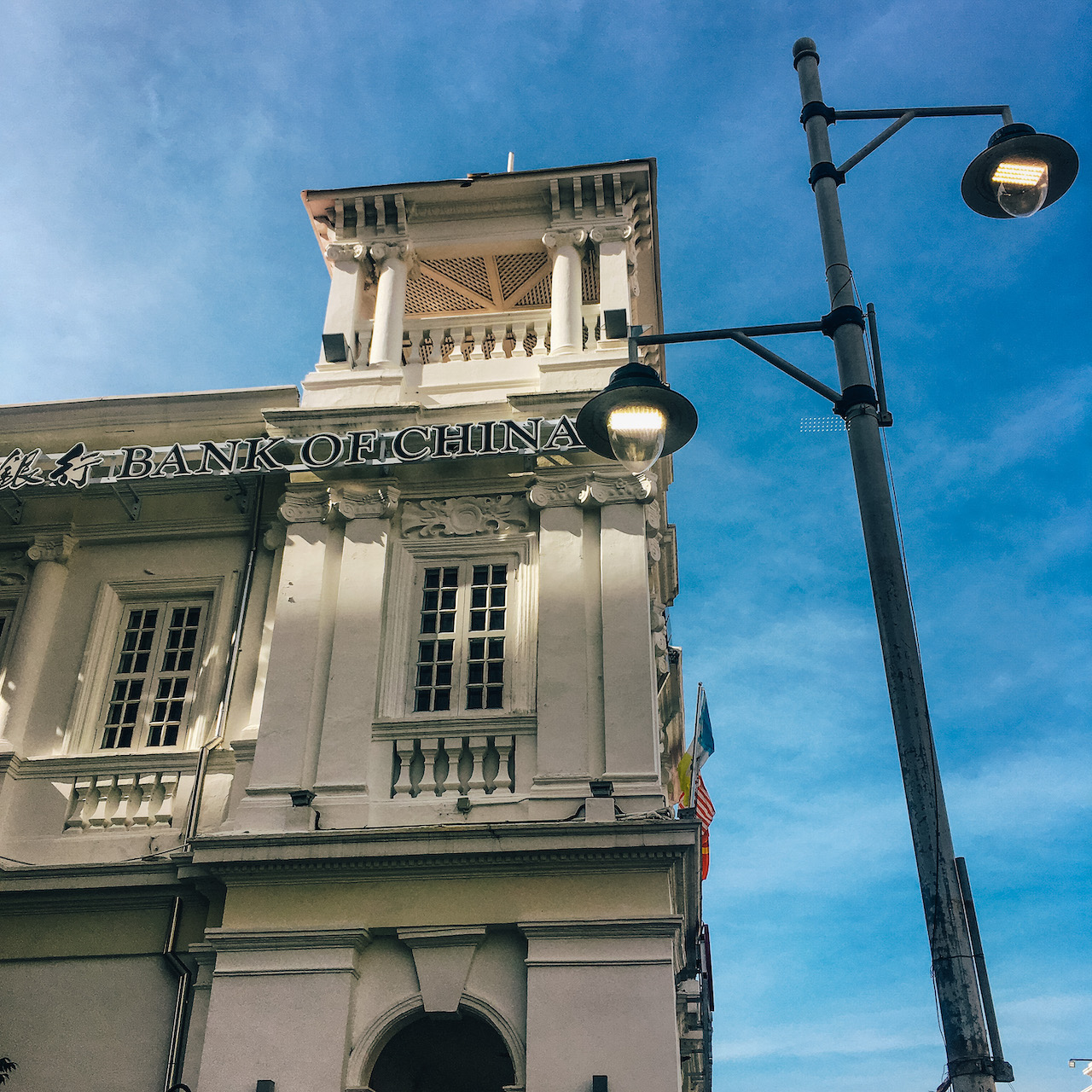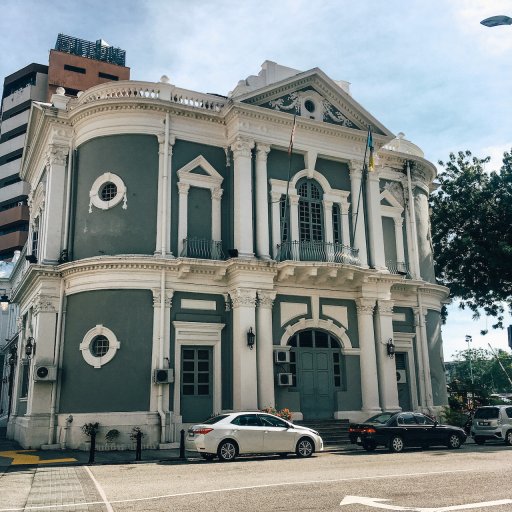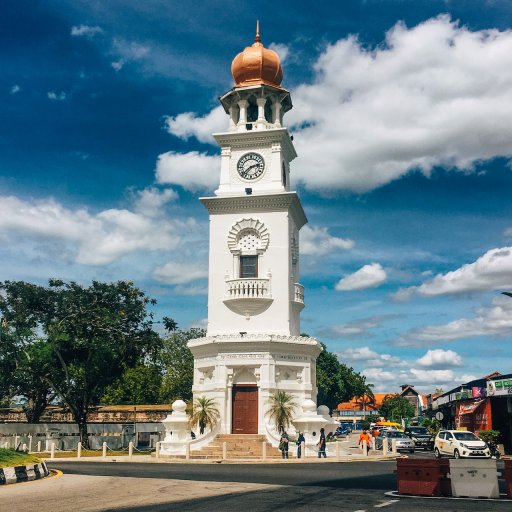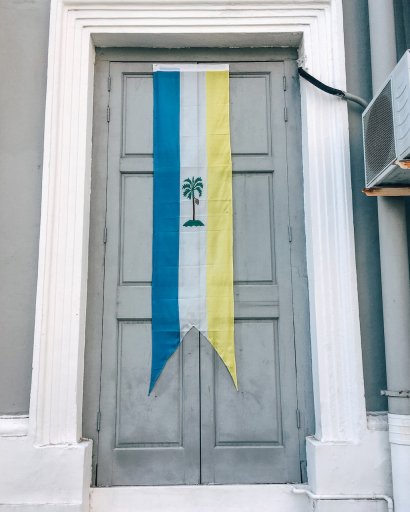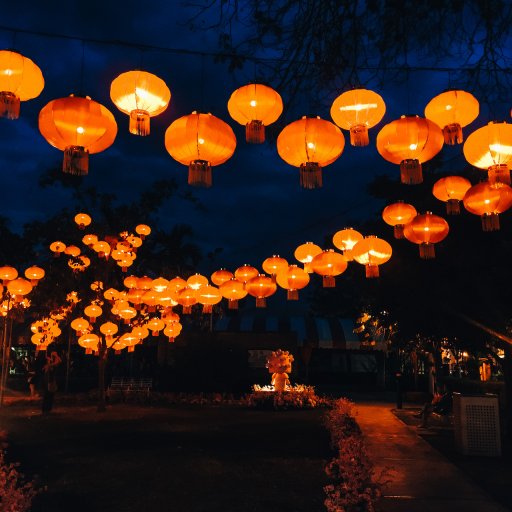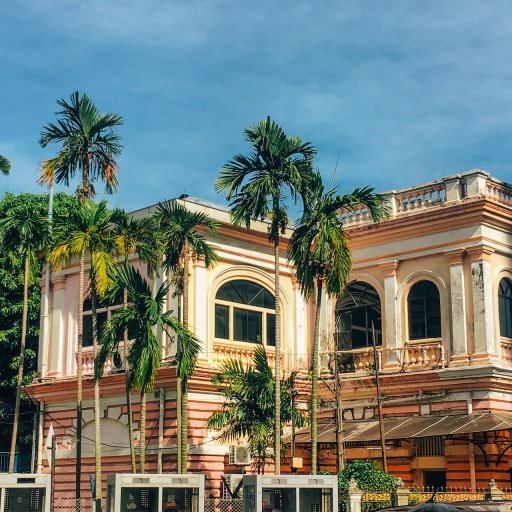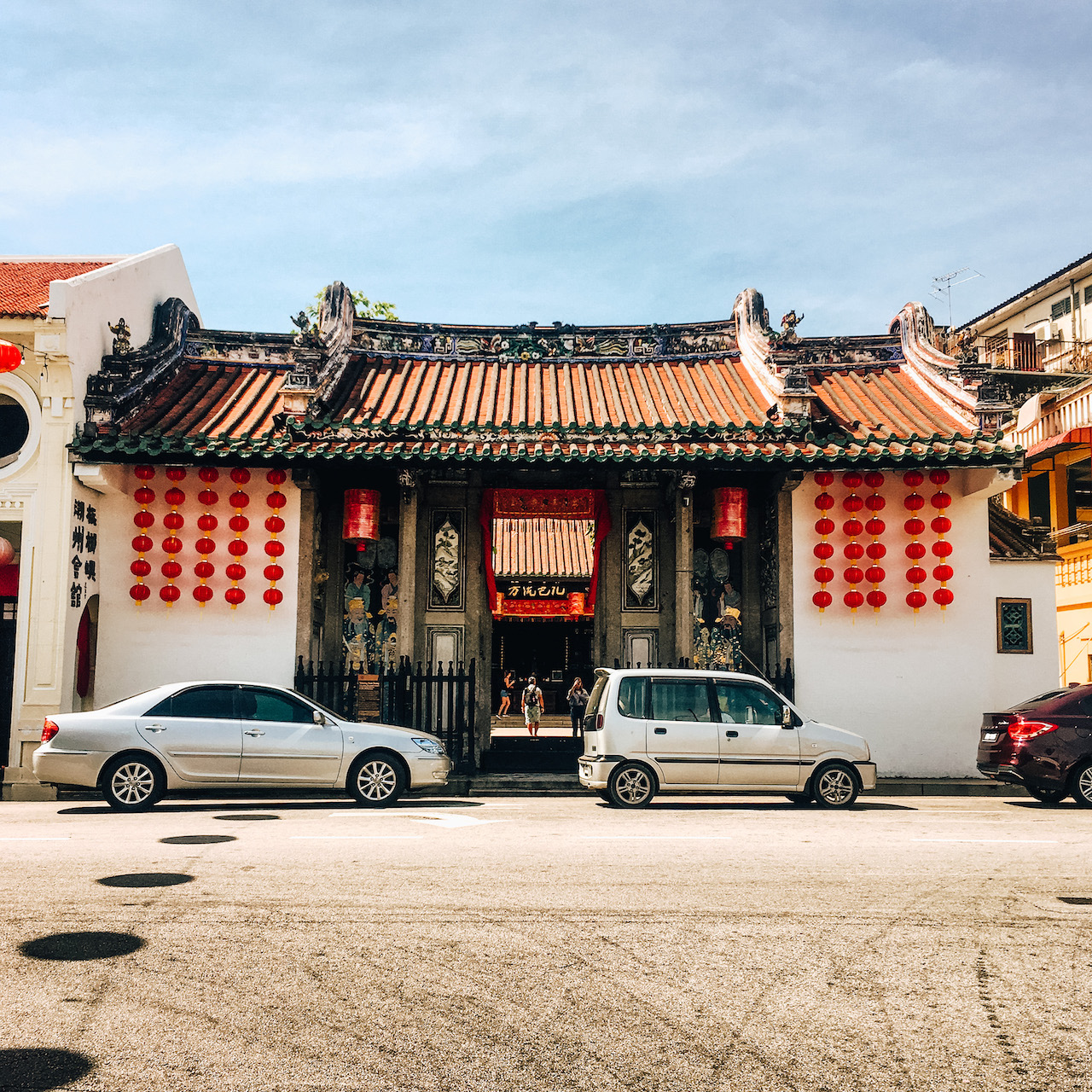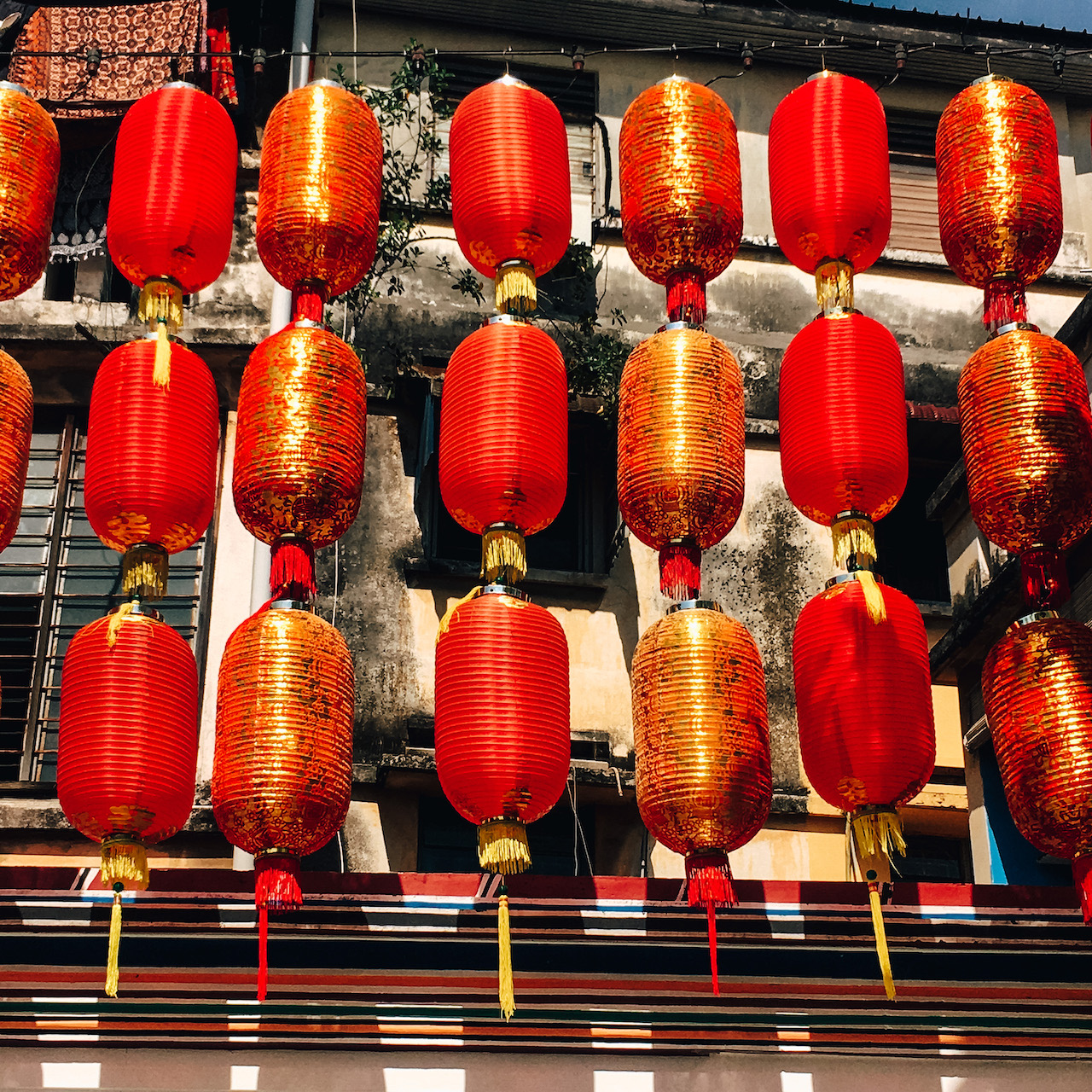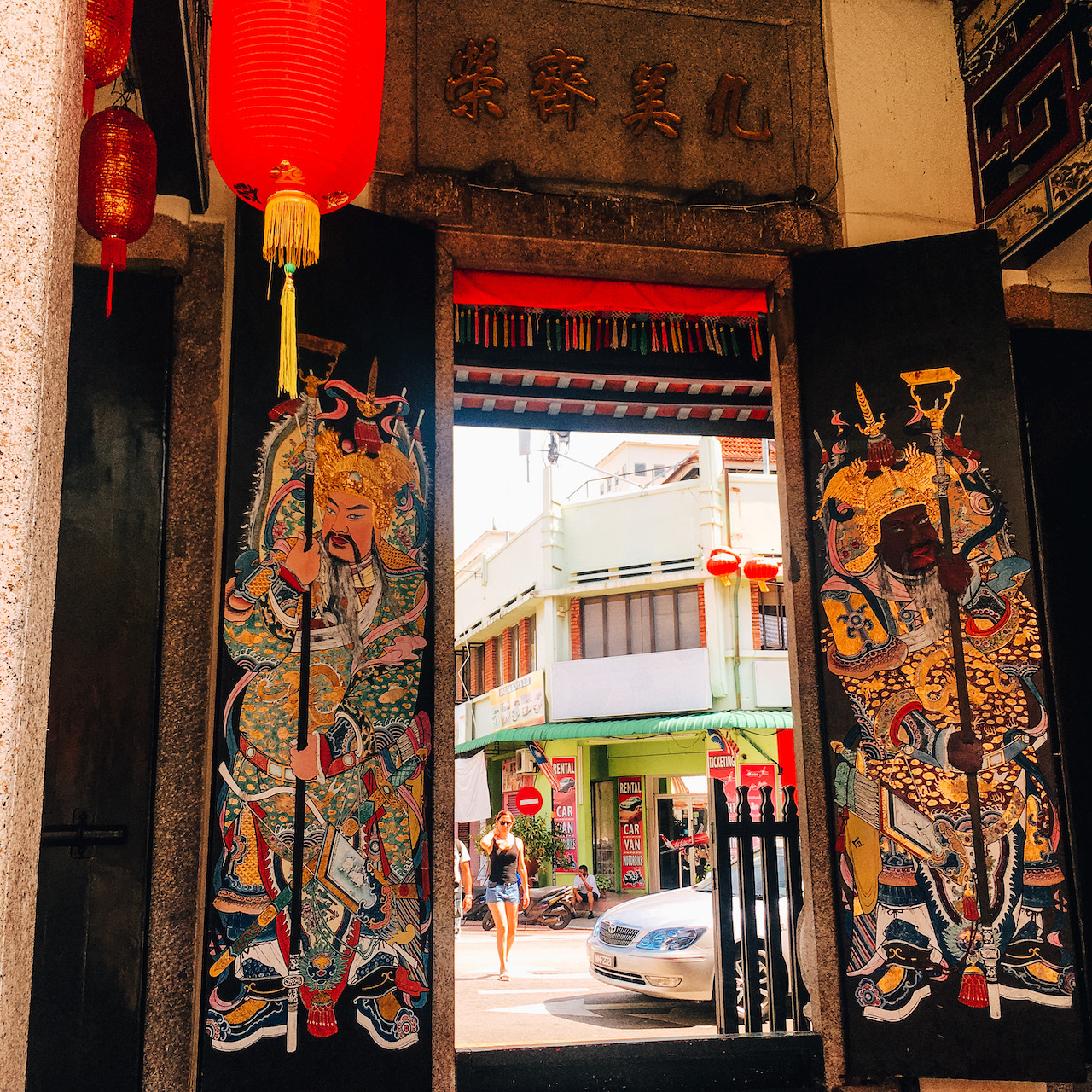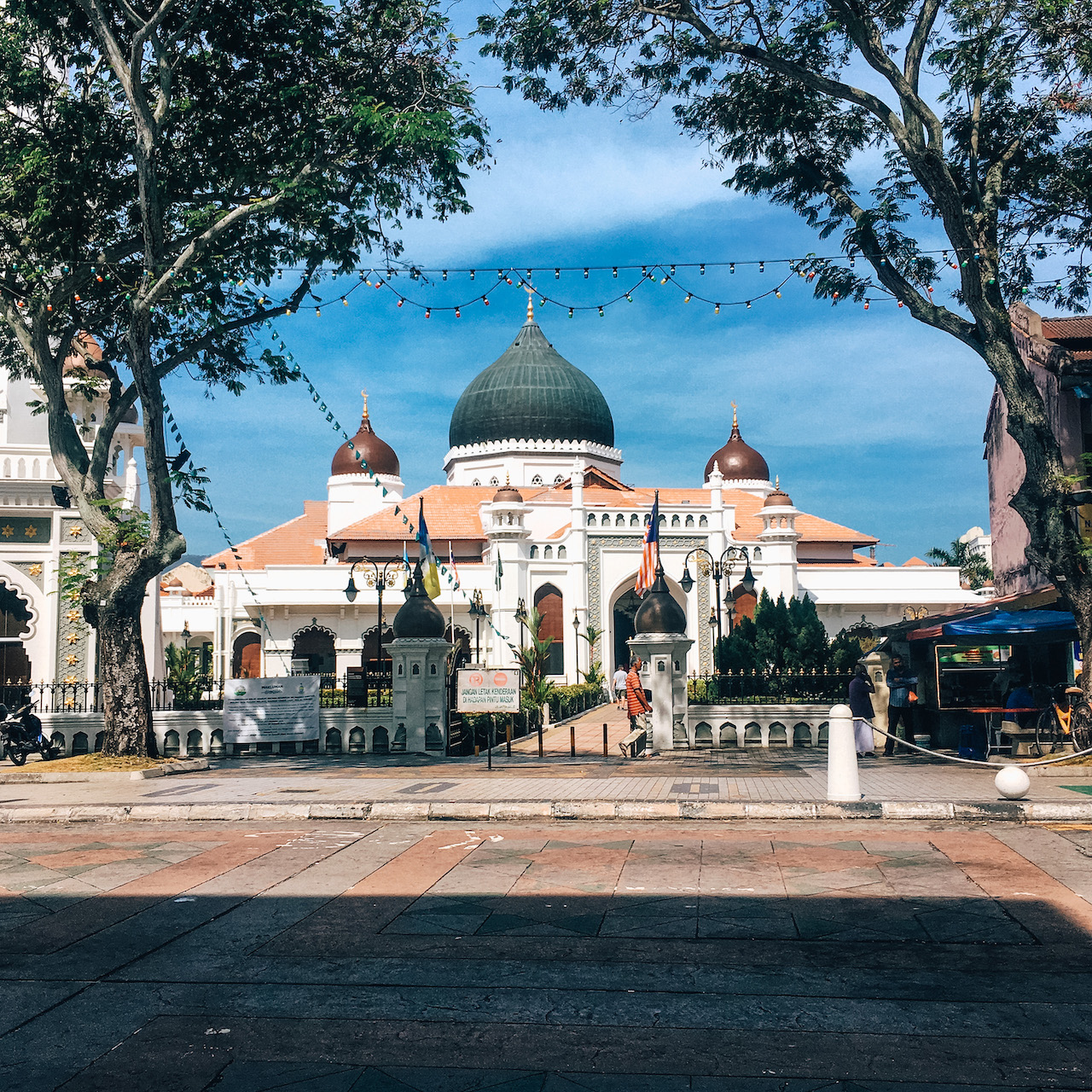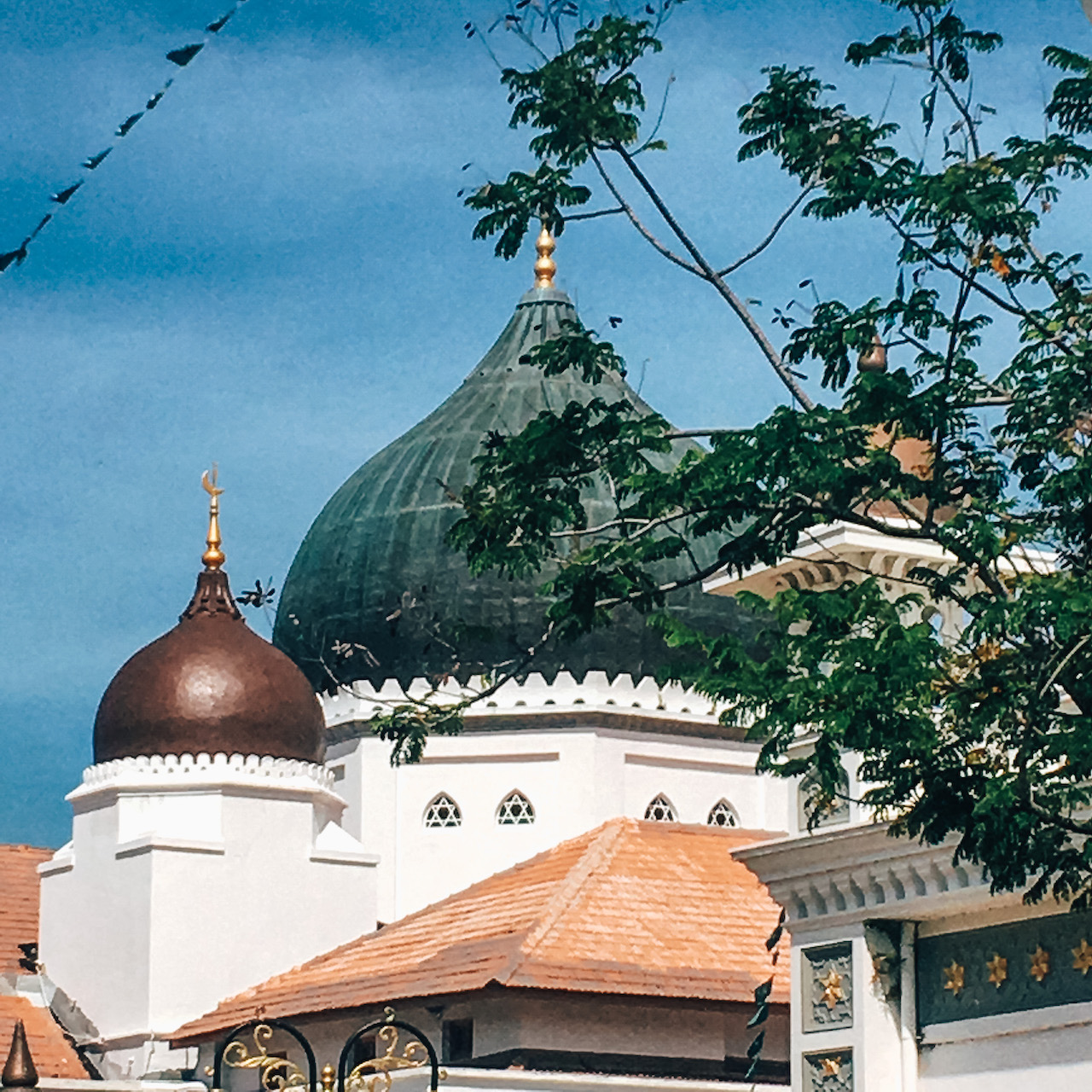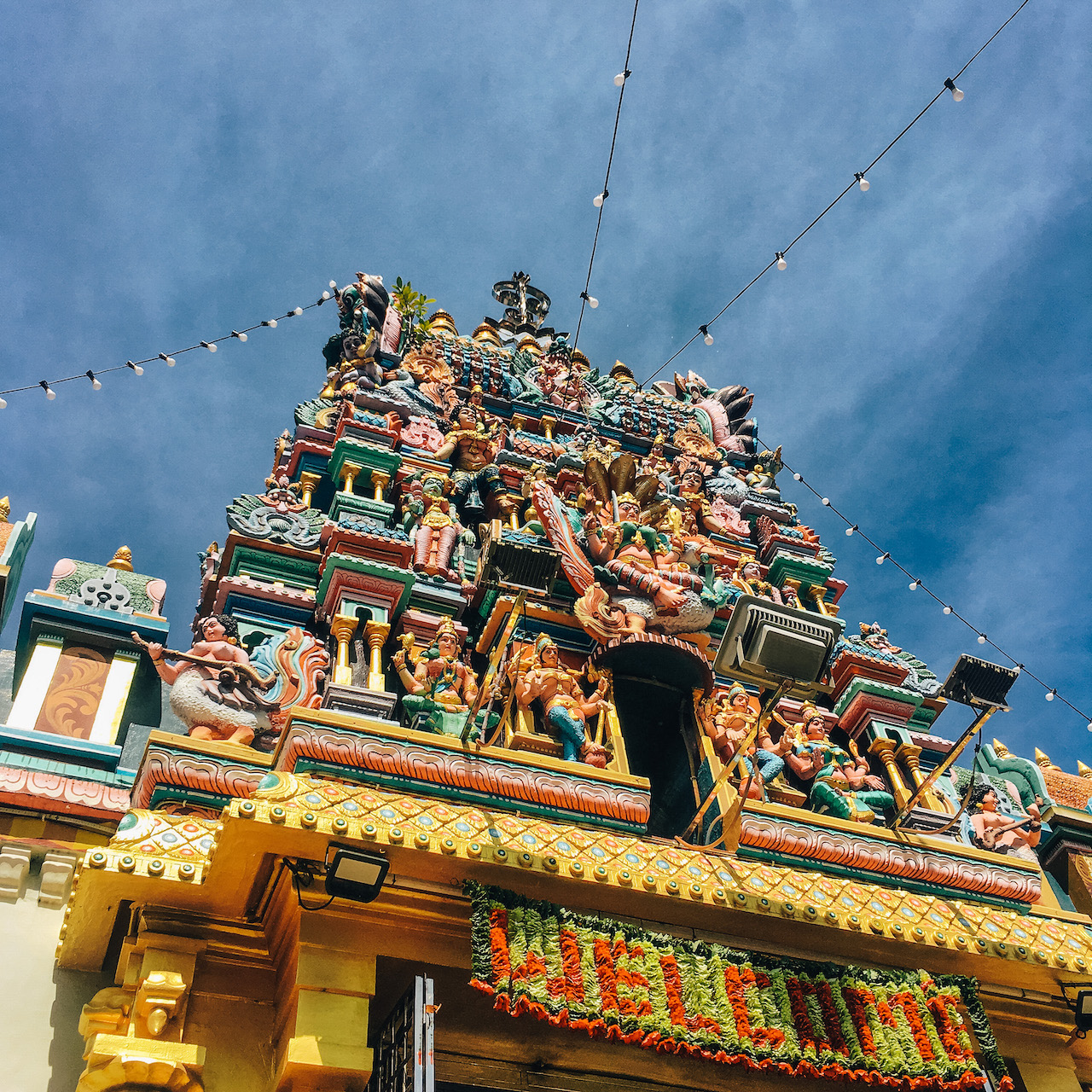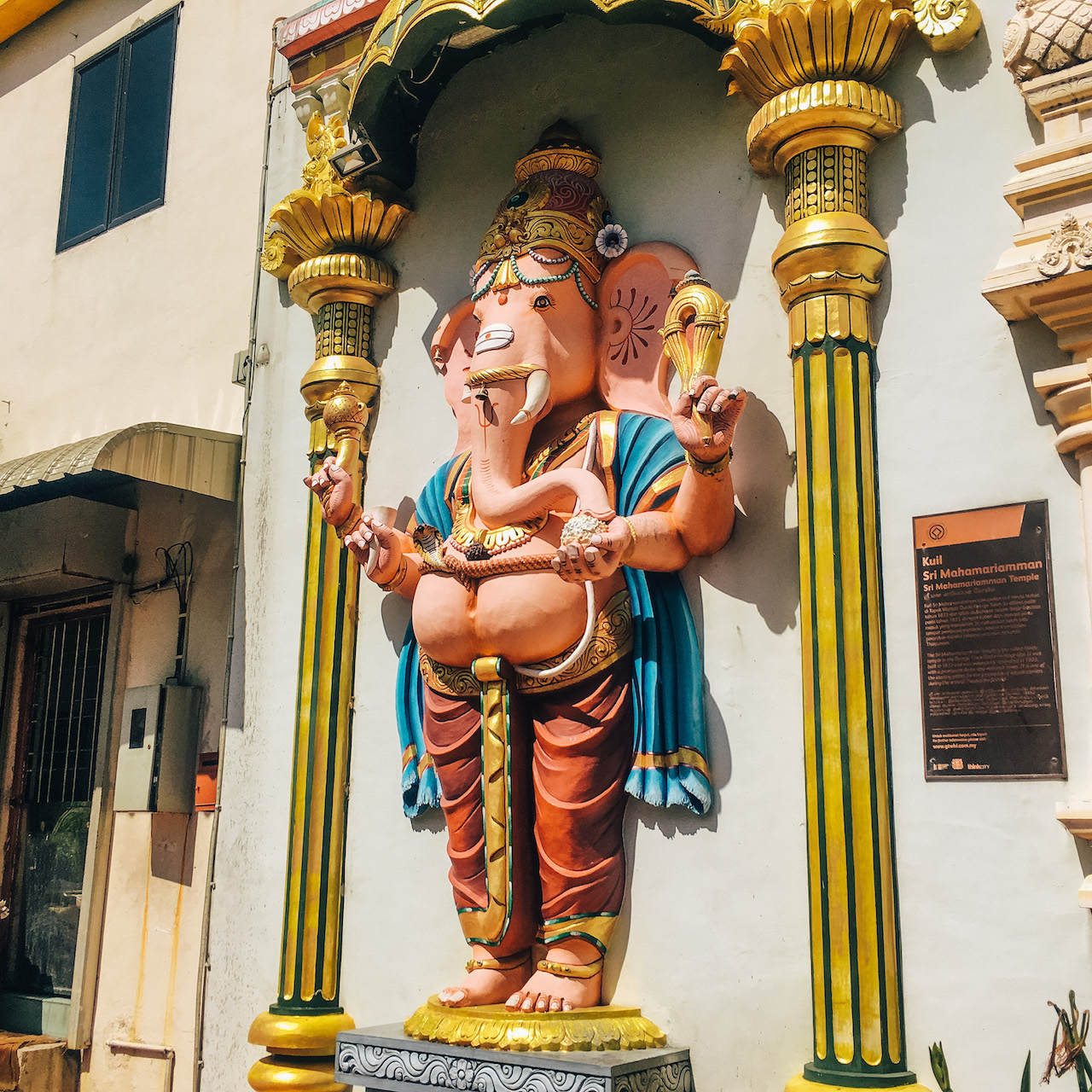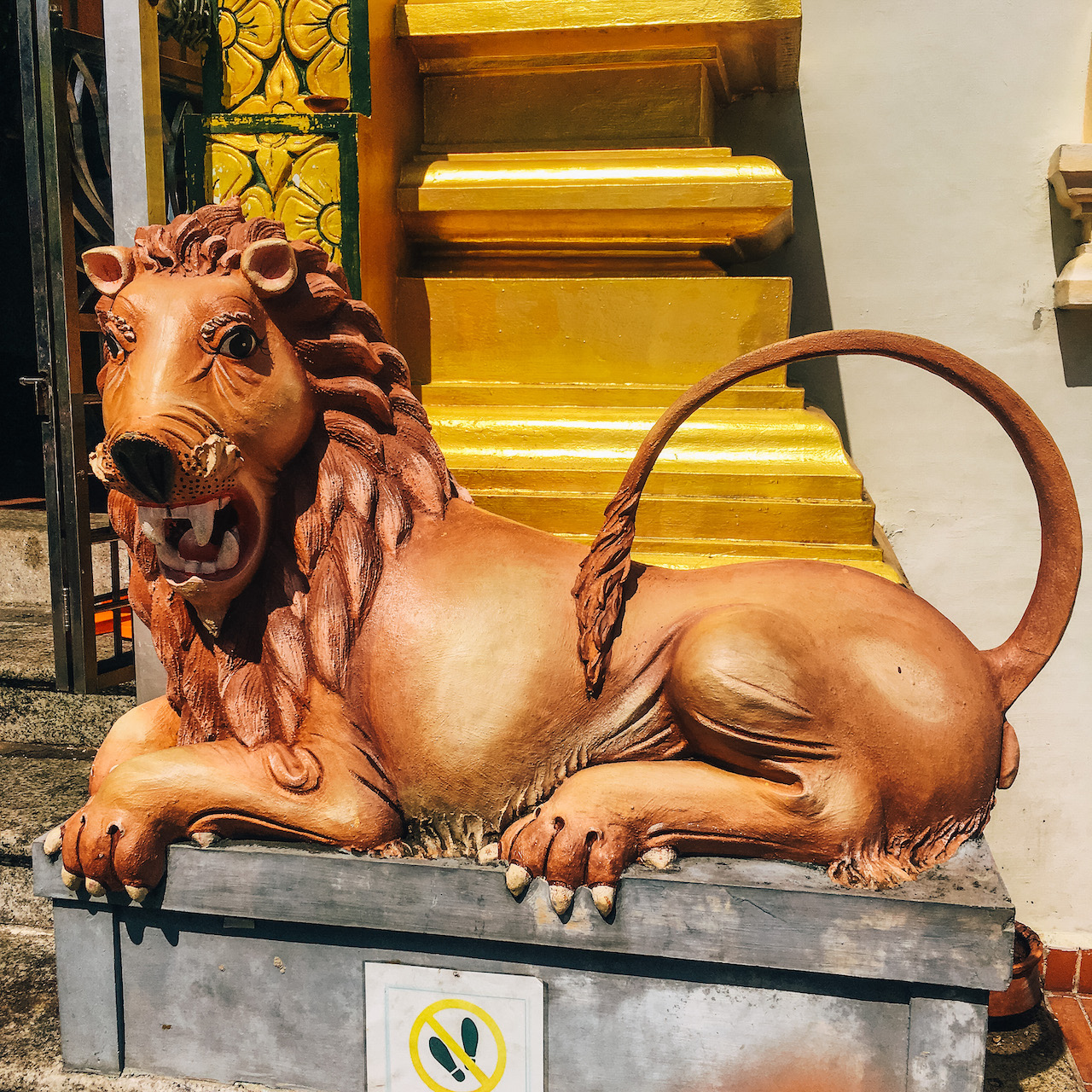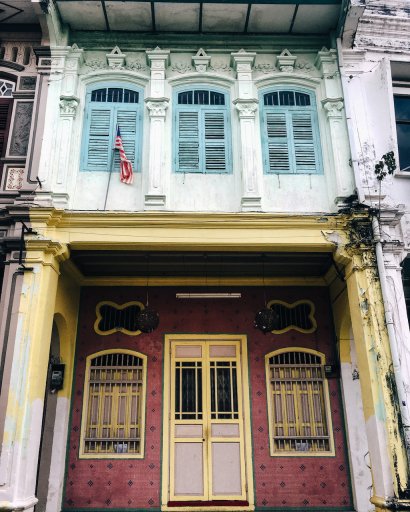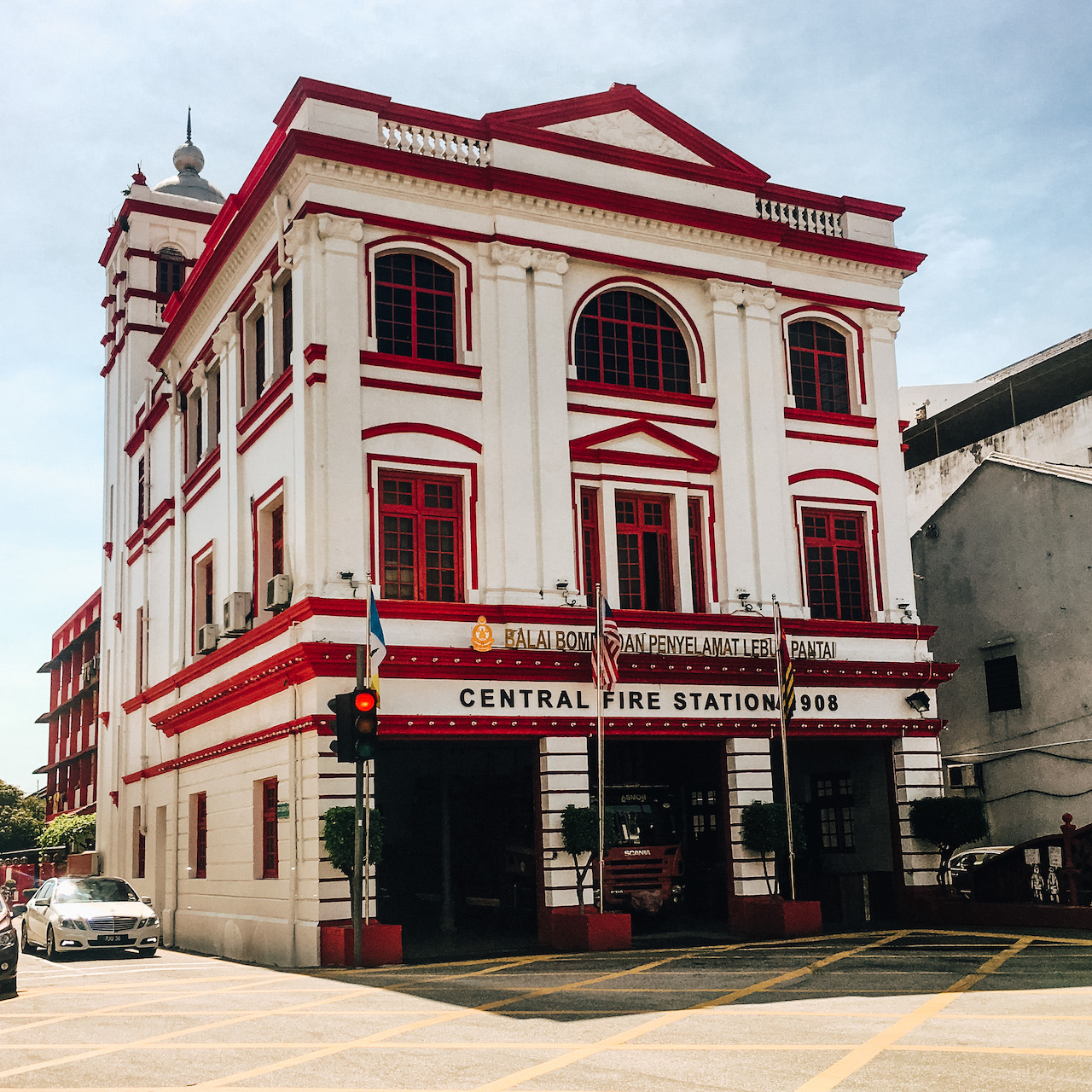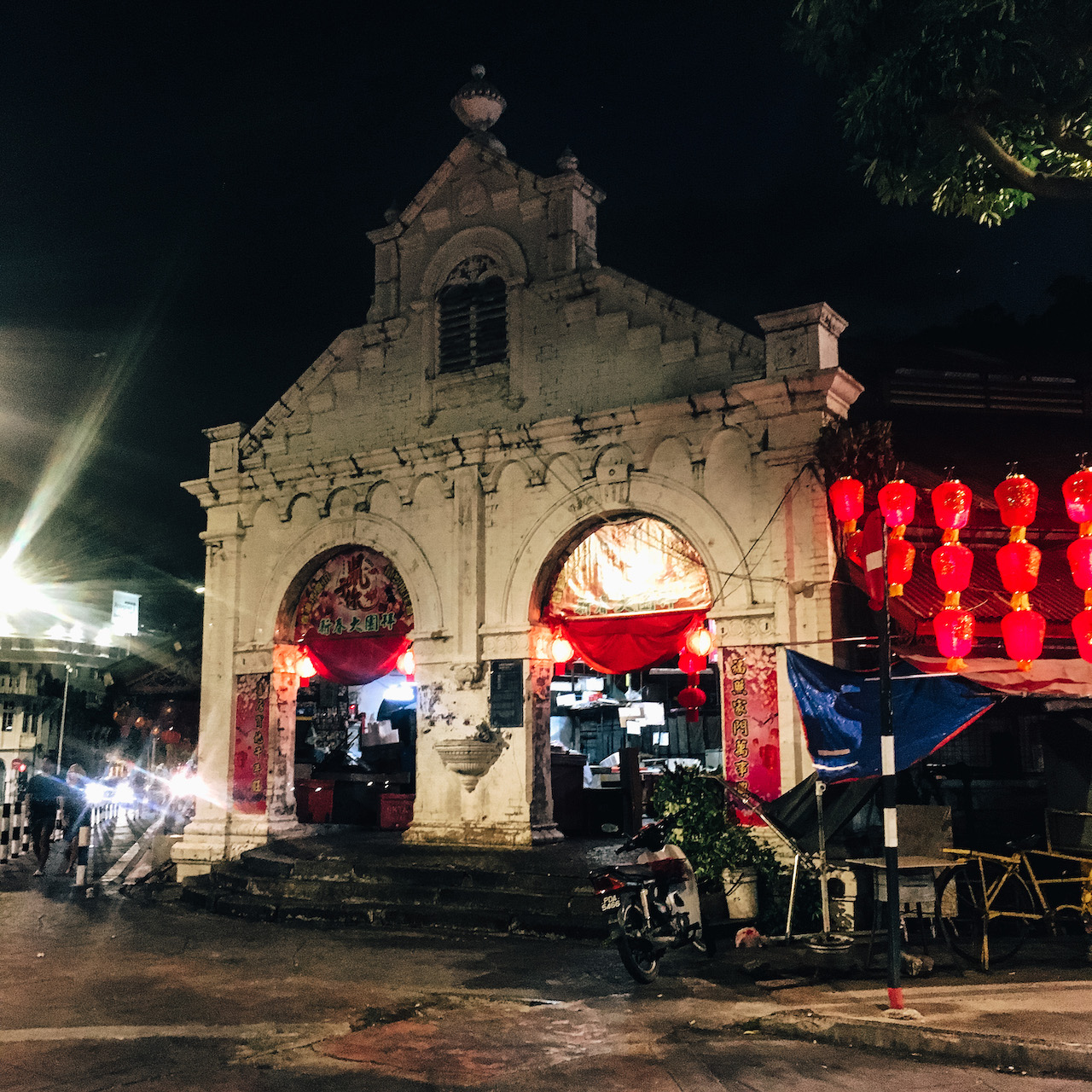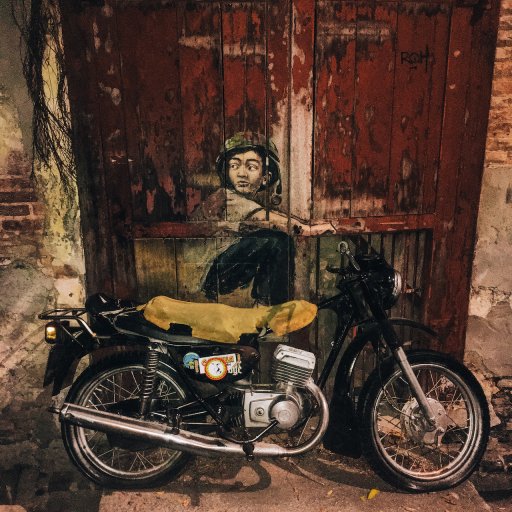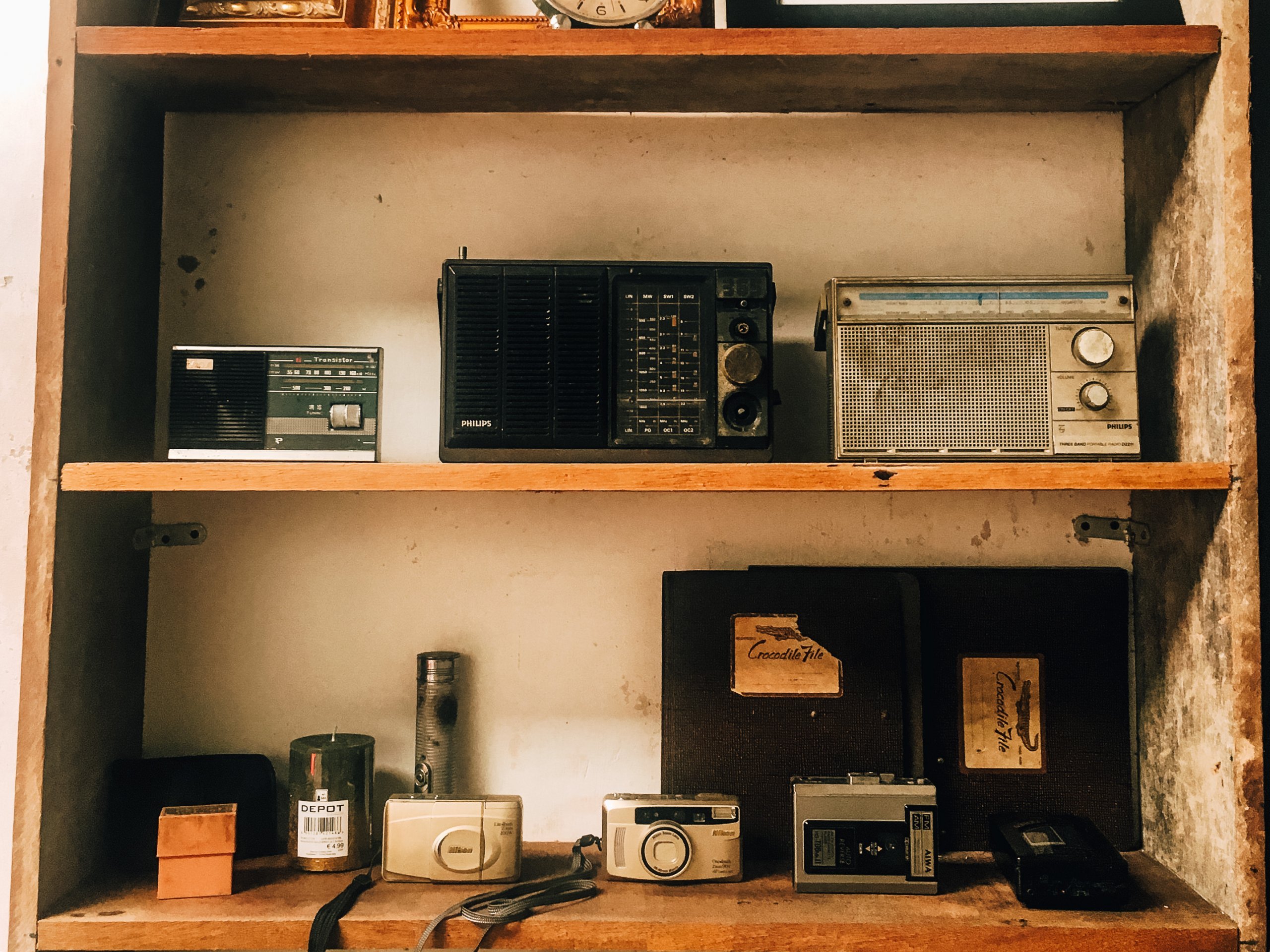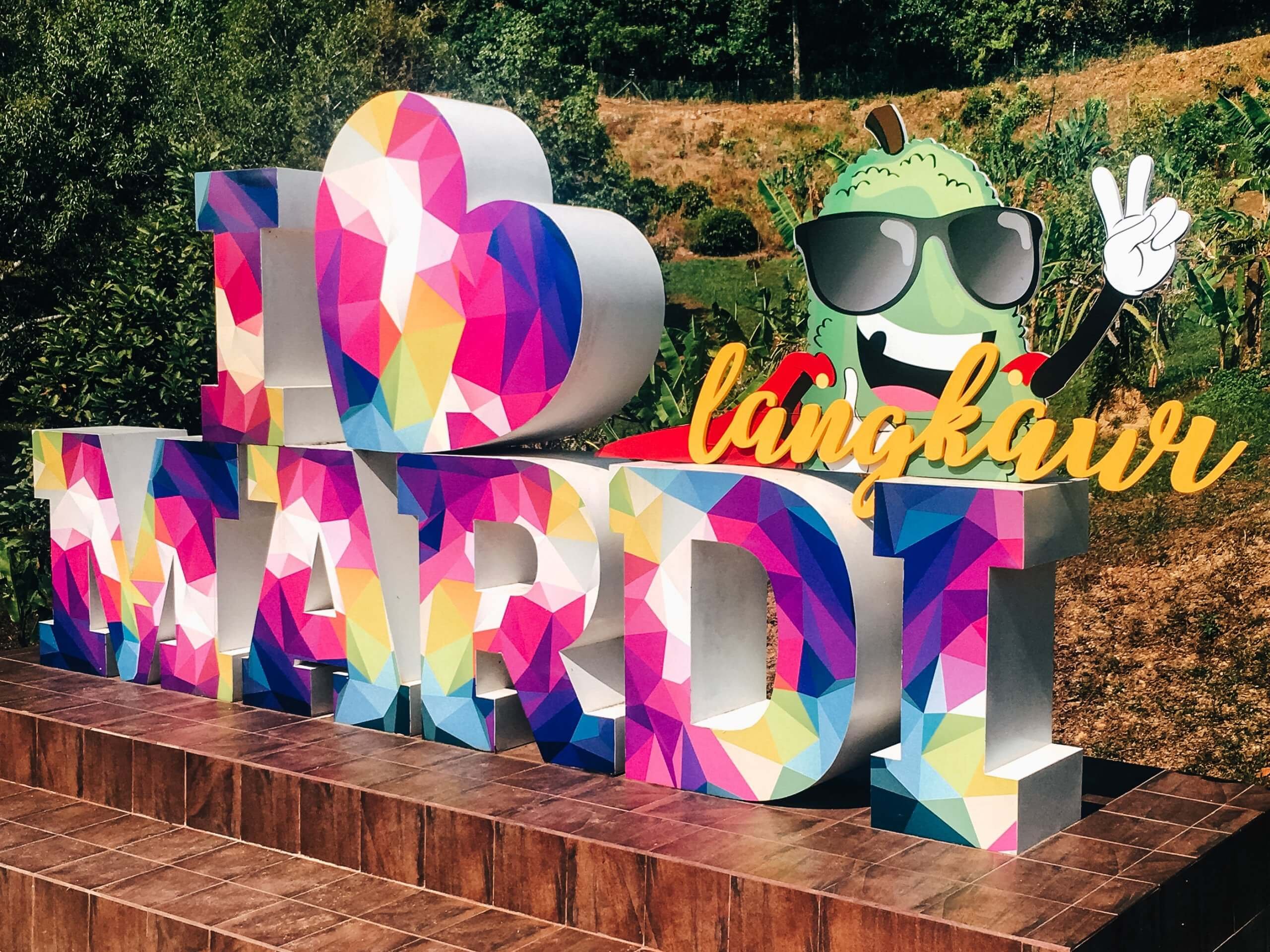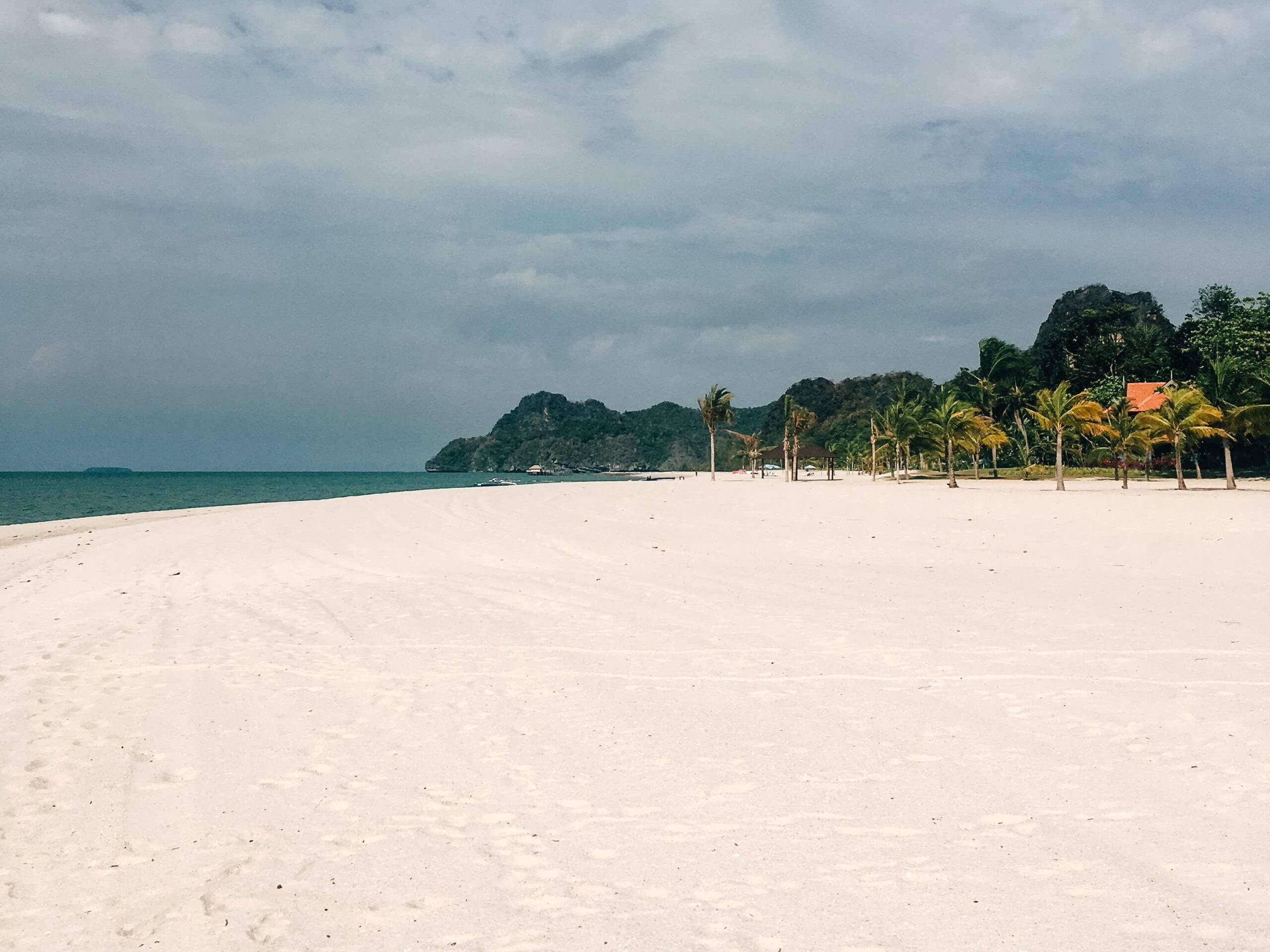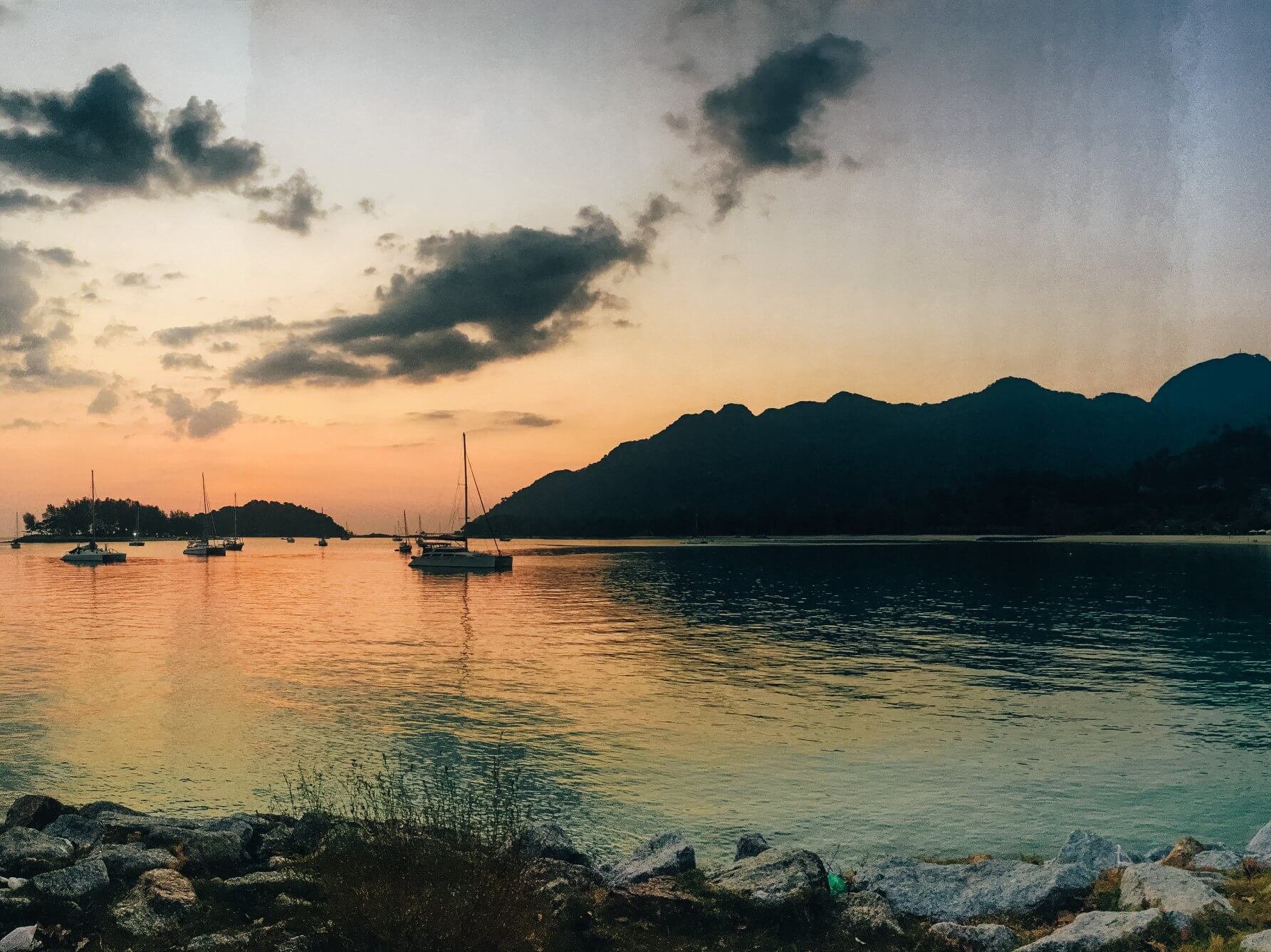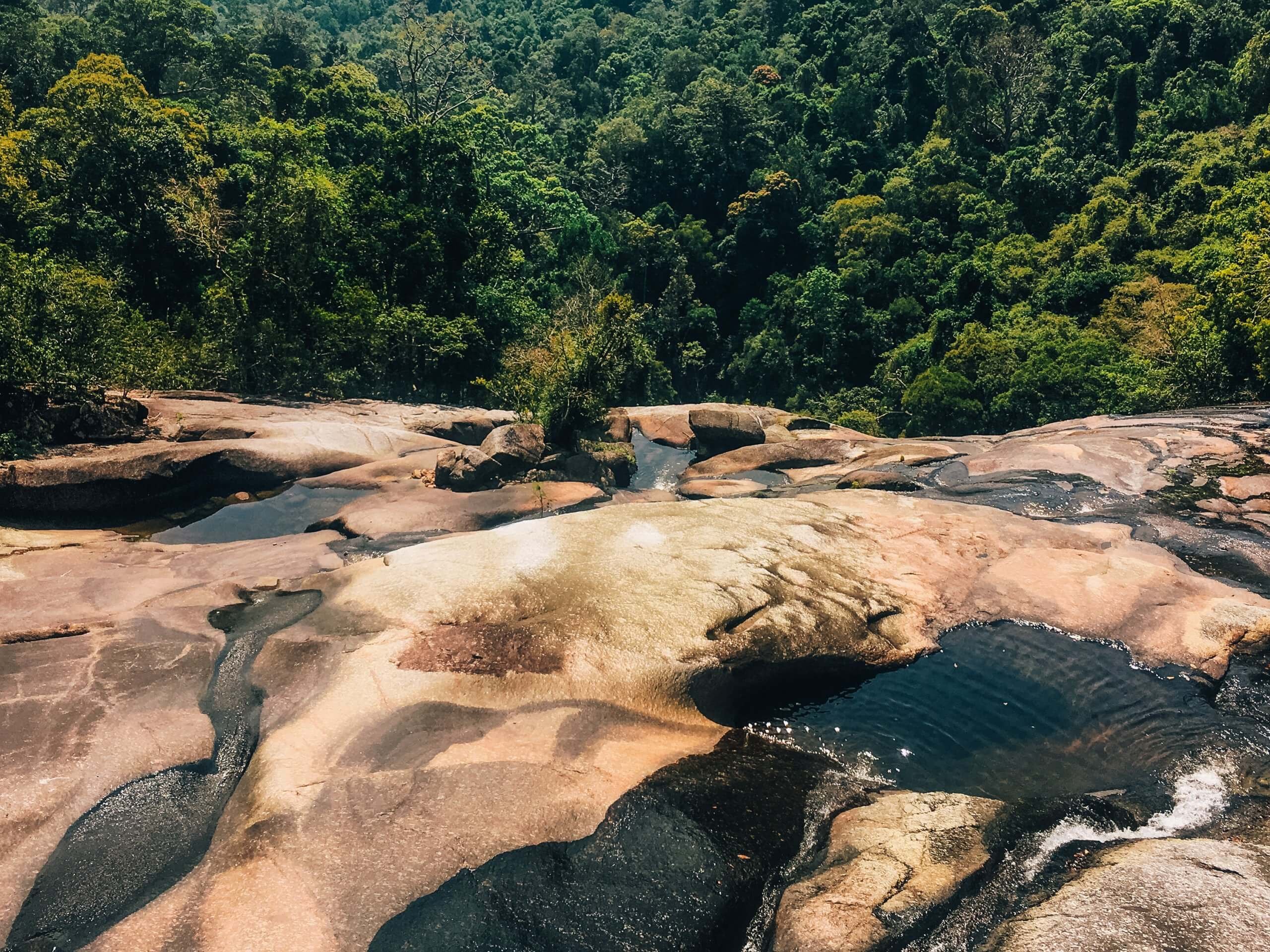I didn’t research George Town all that much before arriving. I knew it was an old colonial town with some recently developed charm in the travel spheres, and some famous street art, but that was all. As soon as I stepped foot onto the narrow streets filled with beautiful old buildings and quirky artwork, I had to know more. This was not typical Asia. Where was I?
I had read that there was a free walking tour provided by the Information Center, and so eager to know the history of this magnificent place, asked the girls in my dorm if they wanted to come along. They were a steadfast bunch, quick to form a friendly bond and eager to keep it until we parted ways. Ah the joys of forming quick kinships with strangers, sharing experiences of epic proportions together, and then going your separate ways, sometimes indefinitely, unless fate should cross your paths somewhere in another time and another place. That’s travel.
That’s how two Dutch girls and myself ended up learning about George Town’s fascinating history from a Chinese Malaysian. Some of this information I gathered from our very informative tour. Some I found online.
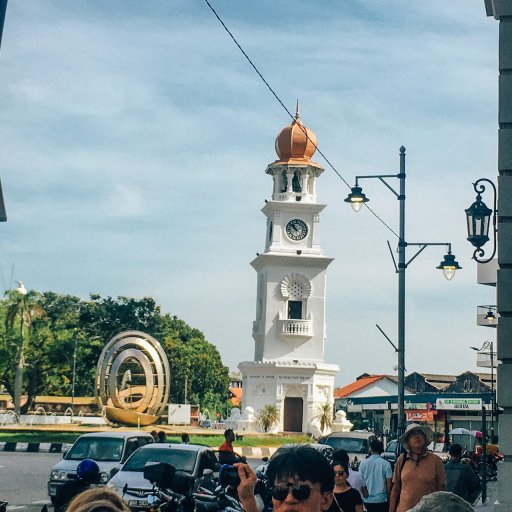
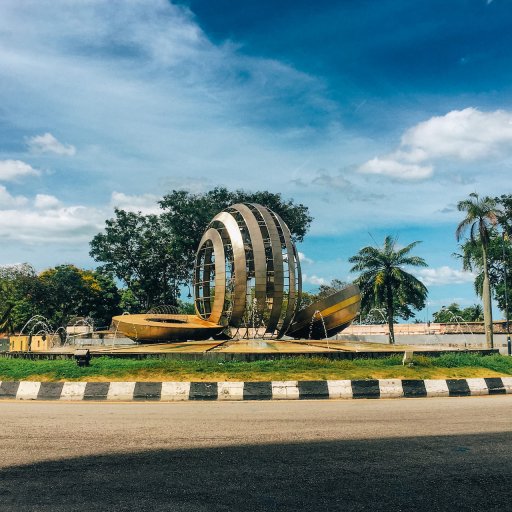
A Brief History of Colonial George Town
It’s the 1770s. Penang is a mere outpost in what is known as the “Sultanate of Kedah.” Siam threatens to conquer in the north. Europe’s nations continue to compete for the best spice routes to India. The Portuguese already conquered the region of today’s Malaysia two centuries previously for their trade routes, but the Dutch, wanting to out-control the Portuguese in this ongoing battle, claimed the region for themselves the following century.
Light approaches Sultan Muhammad Jiwa Zainal Adilin II to see what kind of arrangement might be made. The Sultan, in need of help against Siam, offers the island of Penang in exchange for military assistance. It’s a win/win. To show his commitment to the deal, Light leads a force to recapture one of the Sultan’s forts. Light is thrilled because Penang’s strategic location will allow Britain to keep the Portuguese and Dutch in check. Can’t have them being in control of the best trade routes after all.
Some complications ensue, but eventually Light gets his island from the Sultan’s successor. At the time, the island is nothing but thick jungle, and so Light speeds along the clearing process by firing silver coins into the woods. Way to make an entrance, Light; way to make an entrance…
The capital, George Town, is named in honor of King George III.
Light is smart, he wants to entice trade deals, and so sets up George Town as a port of free trade. Thrilled at the prospect of doing business without paying taxes, merchants flock in droves from all over Asia, creating one of the most culturally-rich melting pots in the region. This meld of different cultures doing business together is especially evident today on the Street of Harmony, where you can visit the island’s oldest Christian church, the oldest Muslim mosque, the oldest Chinese temple, and the oldest Hindu temple, all on a single road. Kinda gives that “coexist” bumper sticker a whole new meaning.
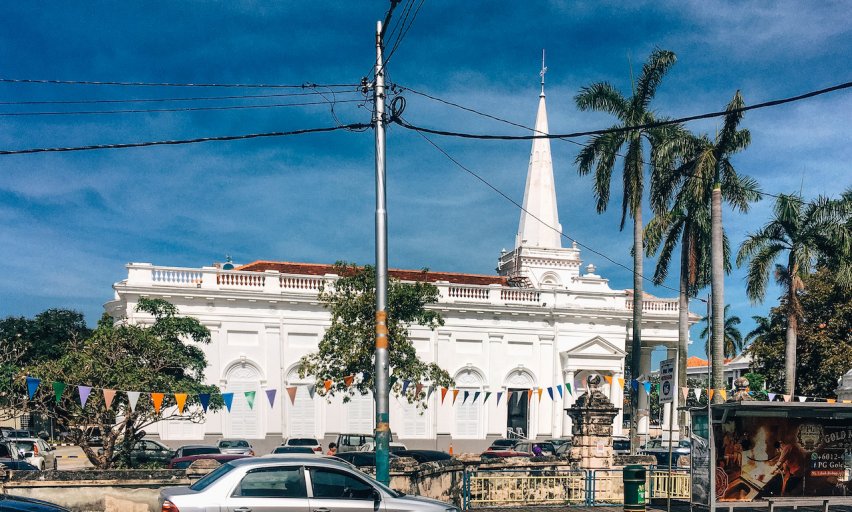
The oldest Chinese temple in Penang. A threshold in the doorway ensures that anyone who enters, bows in respect, even without realizing they are doing so as they lean forward to make the step. The two men on the doorways are identical, except for the color of their skin. They represent yin and yang.
Penang’s oldest mosque, built by the same architect as the Bank of China, which is the very first photo you saw in this post. Einstein once visited this mosque after winning the Nobel prize,
Penang’s oldest Hindu temple. All four of these holy places I just showed are within blocks of each other on the Street of Harmony.
Skip forward to 1969, when the Malaysian government revokes George Town’s free port status. Suddenly the bulk of the city is unemployed, leading to the gradual and ultimately devastating decline of a once thriving metropolis.
The Street Art Scene, Explained
OK, OK so George Town is now a living museum with a duty to preserve its cultural integrity. How does a colonial city go from UNESCO status to the center of some of the world’s coolest street art?
Putting up simple street signs is out of the question, so the city organizes an artistic competition dubbed, “The Marking of George Town.” A company called Sculpture at Work ultimately wins the challenge with their idea to create wrought iron caricatures with captions. The cartoons describe the sights and are designed by local artists.
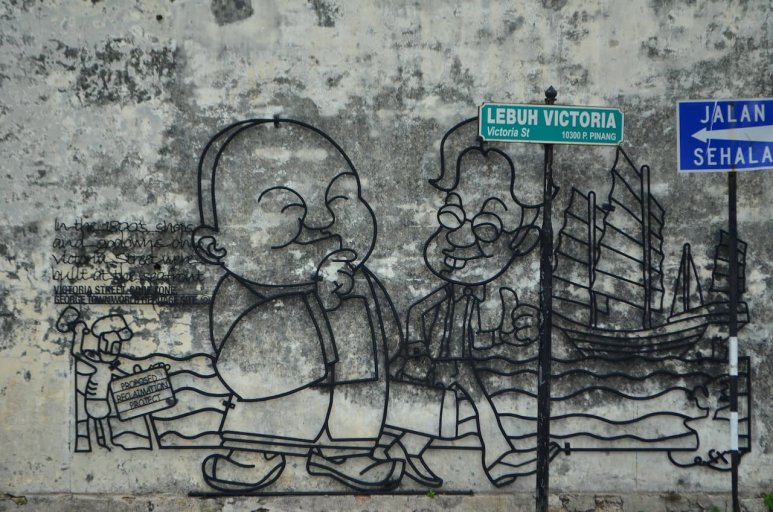
The concept of transforming George Town into a “living museum” continues, and the “Mirrors George Town” project begins. This project aims to create an open-air, art gallery illustrating George Town’s multiculturalism. An artist from Lithuania is commissioned, Ernest Zacharevic. His artwork is a roaring success, and soon draws tourists from all over the world. Zacharevic himself only creates 8 pieces, but other artists soon follow suit, and now George Town, yes, the entire town, is arguably one of the most interesting art museums you ever visited.
The Mirrors George Town project has put the city on the map as a hot spot for tourists, and essentially turned the city into a giant Easter Egg hunt. I never had so much fun roaming around historic city streets in search of a modern art piece that I especially wanted to see. George Town is unique. George Town is vibrant. George Town is the last place I expected to find in Southeast Asia, and the one that has most left a mark on my memory.
All of this magnificent artwork is deserving of it’s own post, so stay tuned, and prepare to have a sudden urge to book your plane tickets.
